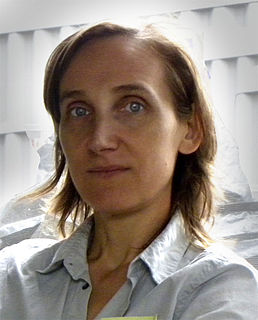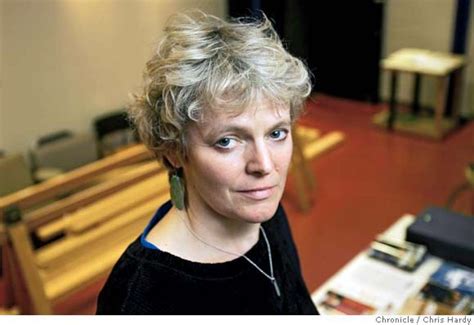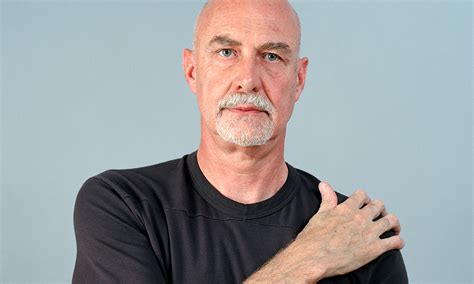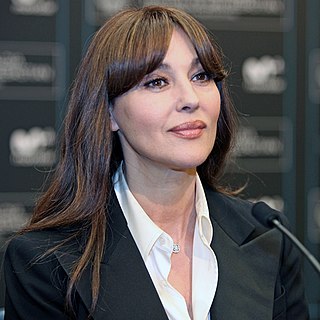A Quote by Marjane Satrapi
You see a picture and you understand perfectly, immediately, the basic thing that's happening. It's probably more accessible because we are in a culture of images. People are used to seeing stories that way. They understand looking at pictures.
Related Quotes
We’re face to face with images all the time in a way that we never have been before... Young people need to understand that not all images are there to be consumed like fast food and then forgotten – we need to educate them to understand the difference between moving images that engage their humanity and their intelligence, and moving images that are just selling them something.
Try to understand why it is happening, from where it is coming, where the roots are, how it happens, how it functions, how it overpowers you, how in anger you become mad. Anger has happened before, it is happening now, but now add a new element to it, the element of understanding -- and then the quality will change. Then, by and by, you will see that the more you understand anger, the less it happens. And when you understand it perfectly, it disappears. Understanding is like heat. When the heat comes to a particular point -- one hundred degrees -- the water disappears.
To an ever greater extent out experience is governed by pictures, pictures in newspapers and magazines, on television and in the cinema. Next to these pictures firsthand experience begins to retreat, to seem more and more trivial. While it once seemed that pictures had the function of interpreting reality, it now seems they have usurped it. It therefore becomes imperative to understand the picture itself, not in order to uncover a lost reality, but to determine how a picture becomes a signifying structure of its own accord.
But people turn on their televisions. They turn on their televisions and they see what's happening in Iraq. The American people are not stupid. And the one thing they understand, they understand how incredibly mismanaged and bungled this war has been by the civilians in this administration. And - I mean, you can't paper over that, any more than you can paper over Katrina.
To suffer is one thing; another thing is living with the photographed images of suffering, which does not necessarily strengthen conscience and the ability to be compassionate. It can also corrupt them. Once one has seen such images, one has started down the road of seeing more - and more. Images transfix. Images anesthetize.







































